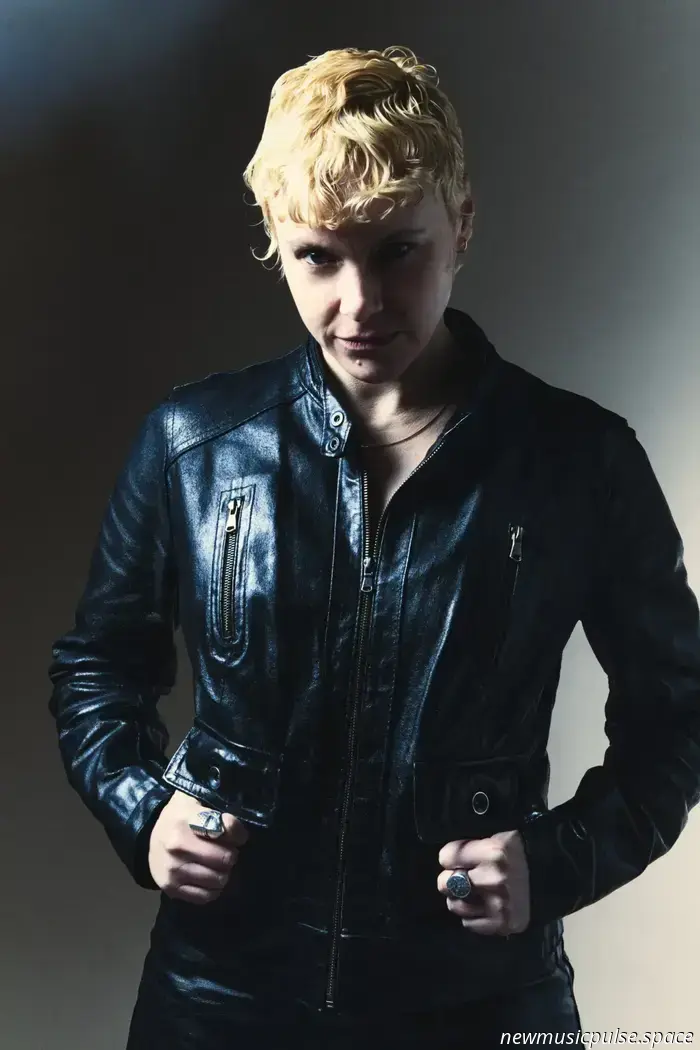
One of my earliest memories is watching Boy George perform ‘Karma Chameleon’ on television and feeling as if he were an aunt, as he seemed oddly familiar. At five years old, I completely dismissed any feminine traits in favor of my BMX, a boyish haircut, and a Walkman that played tapes of Wham!, Michael Jackson, Neneh Cherry, Queen, and Madonna on an endless loop.
I was born into the 1980s: Margaret Thatcher’s ominous voice resonated from the television, the AIDS crisis was claiming lives and stigmatizing the LGBTQ+ community, while acid house music emerged from the underground and was aired on Top Of The Pops. Concurrently, I was captivated by my VHS tapes of Hairspray and The Rocky Horror Picture Show. This feels like a gateway to my adult life. Even before turning 10, I was attracted to queer culture, enticed by the sounds of rave and the artistic vision of John Waters.
South London in the early ’90s was a vibrant blend of cultures, anchored in pirate radio that resonated with a group of junglists. Although it could be a rough and unwelcoming environment for openly queer individuals, it embodied a DIY spirit, with an outsider mentality and a 'screw the system' attitude. The energy was electric, inspiring an entire generation.
During this period, the soundtrack to my teenage years began to accumulate. Bands like Nirvana, Hole, Pulp, and Babes in Toyland filled my stereo. I started playing bass in my best friend's band, which was also openly gay. We discovered clubs such as Popstarz—a genuinely queer venue where gender norms were blurred. Unlike the mostly male gay clubs I had previously encountered, it was young, wild, and inclusive. Queerness permeated the music, the dancing, and the fashion. It finally felt like home. Each week, we frequented different venues like Leisure Lounge, The Complex, and The Scala. In memory of Simon Hobart, a pivotal figure in London nightlife who created Popstarz as well as other significant events and locations.
In the early 2000s, artists like Peaches, Fischerspooner, Felix Da Housecat, and Miss Kittin exploded onto the club scene, marking the advent of Electroclash. This truly represented the last underground movement before the rise of smartphones. For the initial year or so, it drew in club-goers attracted to its unique sounds and styles, led by influential figures such as Princess Julia, Jonny Slut, Lesley Lush, Damian Lazarus, and newer entrants like Jojo De Freq and Erol Alkan. The music was a fusion of punk and electro, influenced by scenes in Detroit, Berlin, and New York. Events occurred every night: Trash on Mondays, Nag Nag Nag at The Ghetto in Soho on Wednesdays, The Cock on Fridays, and Body Rockers at Cynthia’s Robot Bar were all foundational. It was where I formed lifelong friendships and partnerships and where I found the motivation to start DJing. I was constantly racing between record shops in Soho, hunting for music from labels like City Rockers and International Deejay Gigolo Records.
However, it wasn't always a safe environment. I grew up in a time when gay individuals were frequently harassed in public, hearing slurs shouted from passing vans. Holding hands with a partner felt perilous, and being a lesbian was often reduced to a joke by straight men. This fear is something many LGBTQ+ individuals carry, which is why queer spaces have always been essential. Places like The Retro Bar, Dalston Superstore, The Divine, The Ghetto, and George & Dragon served as genuine safe havens; environments where people could express themselves freely and enjoy themselves without fear. These venues cultivated a profound sense of family and liberation for me and many others.
House music originated in the 1980s within the gay African American and Latino communities of Chicago, with pioneers like Frankie Knuckles and Ron Hardy creating groundbreaking ecstatic music. The initial sounds of acid and drum machines will always be an influence. In our corner of East London around 2006, we launched a night and subsequently a record label called Batty Bass. It was an eclectic mix of everything mentioned, where a truly diverse London crowd came together to immerse themselves in sound.
Various forms of queer art have continually inspired me. This includes the punk ballet of Michael Clark, the club artistry of Leigh Bowery and Jeffrey Hinton, ballroom culture showcased in Paris Is Burning, as well as literature like Stone Butch Blues by Leslie Feinberg and The Faggots & Their Friends Between Revolutions by Larry Mitchell. Contemporary works like Rainbow Milk by Mendez and Love Me Tender by Constance Debre resonate as well. Directors Kenneth Anger, Bruce LaBruce, Derek Jarman, and the Wachowski Sisters influenced me while creating my short film Last Exit On Bethnal with director Lydia Garnett


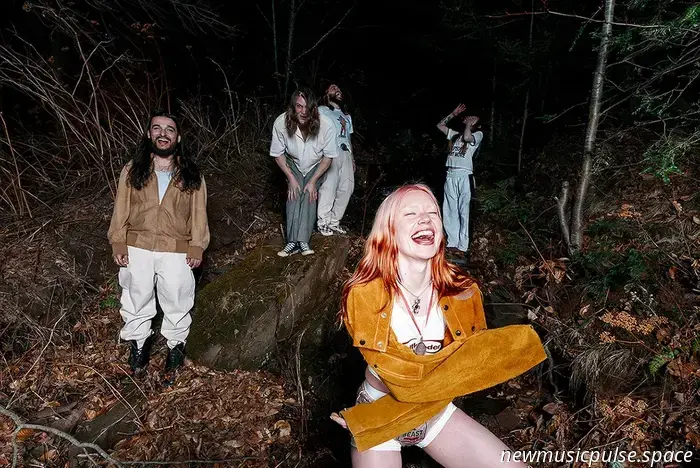
Wet Leg inspires a sense of warmth and emotional development in "davina mccall," a gentle, dreamy highlight from their newly launched second album 'moisturizer.'
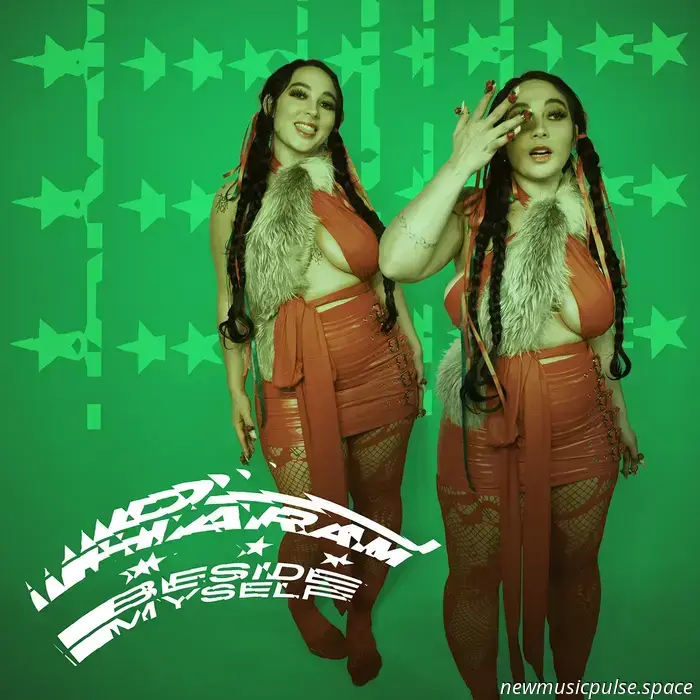
Don't be deceived by the cover art. DJ Haram may have a smile on her debut solo album's vibrant design (which could easily pass for the new EP of a much-anticipated release.
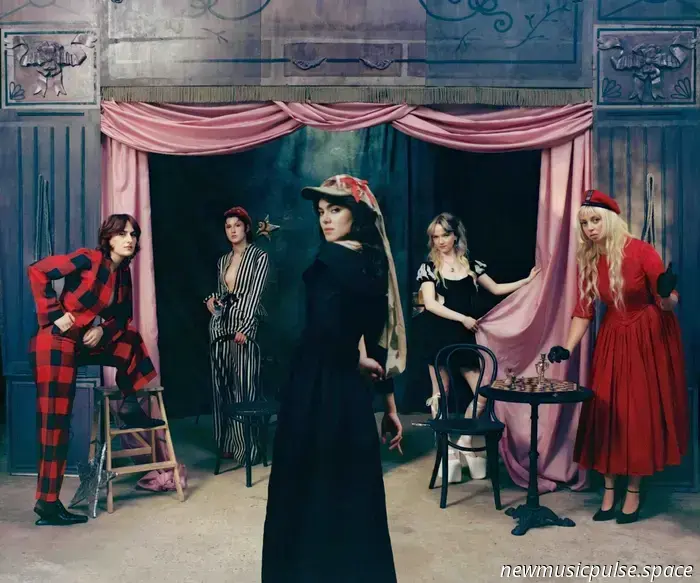
The Last Dinner Party is set to launch their sophomore album, 'From The Pyre’, on October 17th through Island Records. The BRIT award-winning group from London has moved forward.
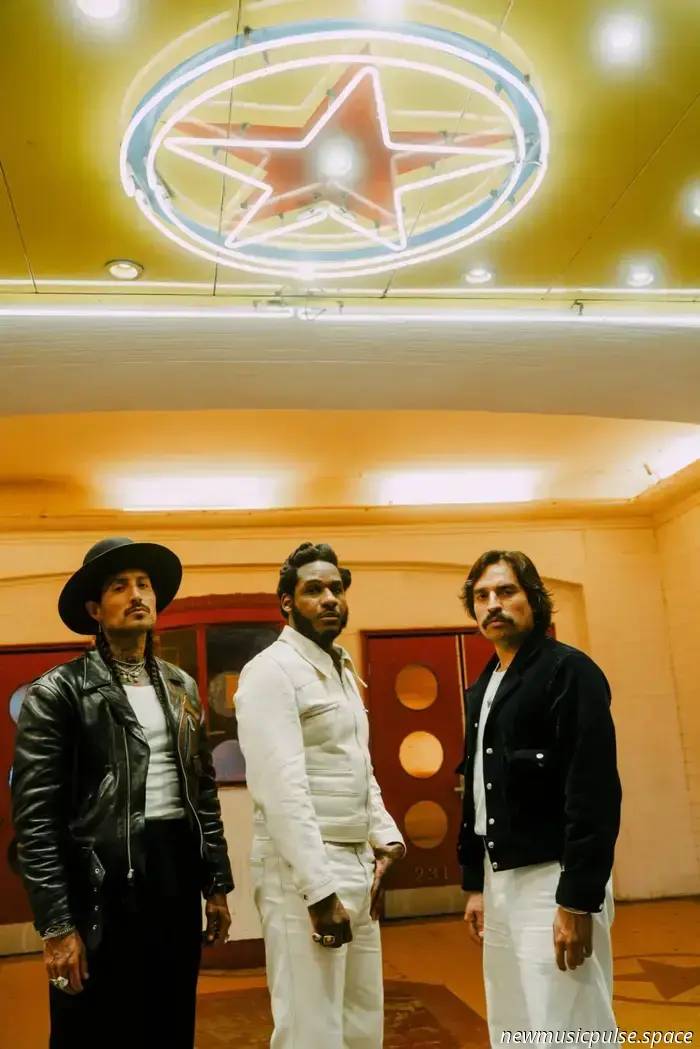
The Ecuadorian-Swiss brother duo Hermanos Gutiérrez collaborates with Texan singer-songwriter Leon Bridges on their new single 'Elegantly Wasted’. Released under Easy Eye.

All summer long, the Barbican Centre is featuring the Rebel Radio Listening Hub in a snug spot in the Level G foyer, welcoming guests to share
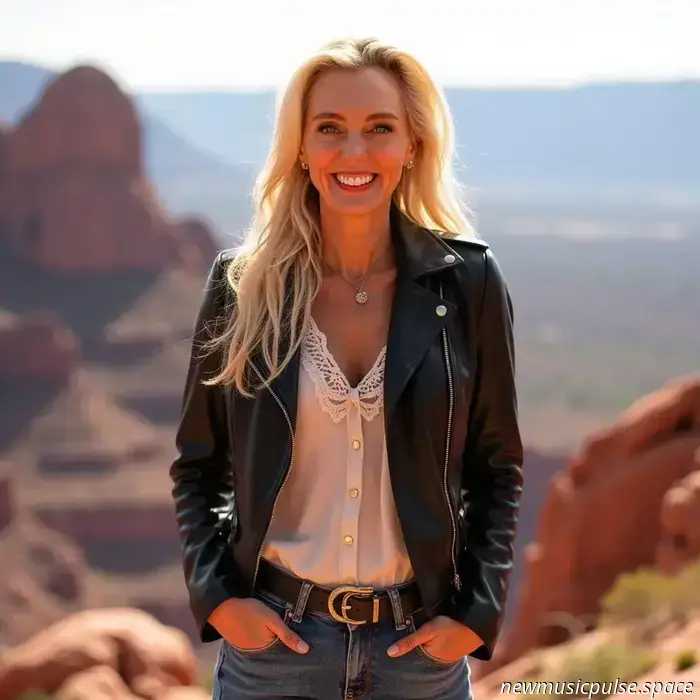
This year, Zuckerberg is set to generate $200 billion in advertising revenue from individuals, artists, and creators. Take a moment to consider that. Two. Hundred.
One of my earliest recollections is watching Boy George sing 'Karma Chameleon' on television and feeling as if he was like an aunt; he just appeared very familiar. At the time, I was